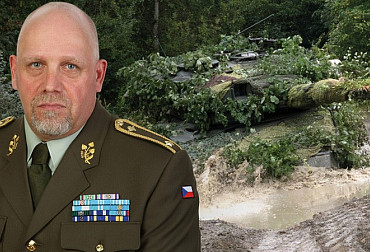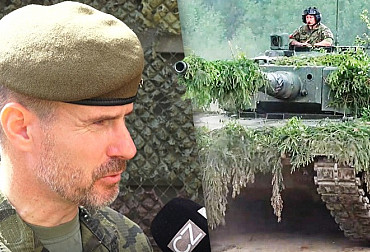The army needs a multi-layered mobile air defense system
The development of the fighting in Ukraine has long confirmed the necessity of having effective ground-based air defense (GBAD), including the ability to counter air threats while on the move, that mean during manoeuvres of own troops. The range of these threats is ever-expanding, and particularly in the area of lower weight drones, FPV drones and stand-off munitions, there is an increasingly urgent need to defend against these aerial unmanned vehicles with munitions, whose acquisition cost is economically rational in relation to the purchase price of the enemy vehicle. The Army of the Czech Republic has considerable reserves in terms of the current state of GBAD and an effective solution is yet to be found.
Two years ago, we wrote that the Czech "ground-based air defense forces are acquiring modern assets, but in insufficient numbers". Since then, however, almost nothing has changed. The MADR radars, which are already in the arsenal of our army, have passed military tests with some delays, but nothing has changed in the field of our own GBAD, with the exception of the postponement of the deadline for acquiring C-RAM capability (defense against missiles, artillery and mortar ammunition) from 2024-2028 to 2030.
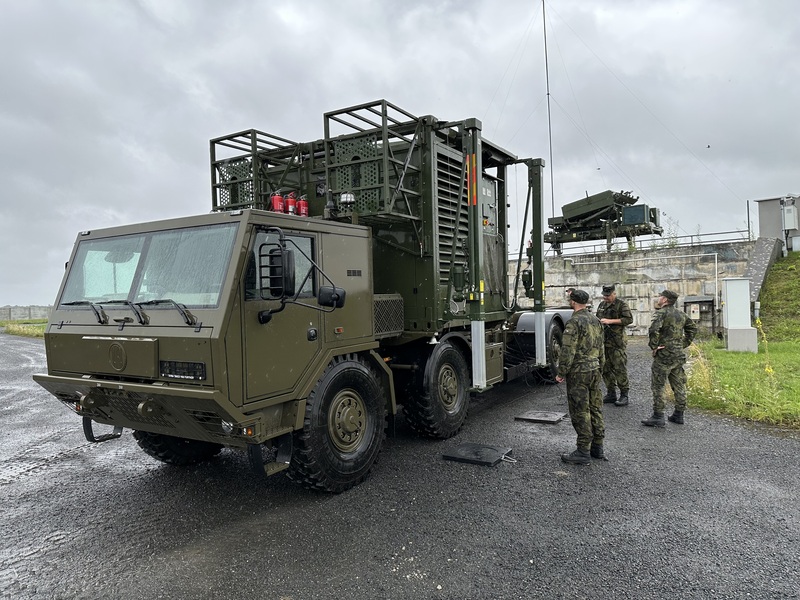
The Czech Army 2030 Construction Concept of 2019 on the topic of ground-based air defense says: "Vehicles providing air defense to ground forces will acquire the capability to engage air attack assets while moving. Task groups of ground forces will be secured with VSHORAD (Very Short Range Air Defense). (...) For the secure of air defense of objects important for national defense, non-military and military important objects, the number of VSHORAD sets with the capability to act on air attack means also while moving will be increased. SHORAD systems will provide air defense for up to three objects important for national defense. The capability to counter tactical and operational level unmanned aerial vehicles, rocket, artillery and mortar fire will be achieved through the acquisition of C-UAS and C-RAM systems."
The Czech Army does not currently have the capability to engage air attack assets on the move. The powerful VSHORAD systems in the form of RBS-70 and RBS-70 NG anti-aircraft sets with an altitude range of up to 5 km are now transported on special Tatra trucks and do not fire while in motion.
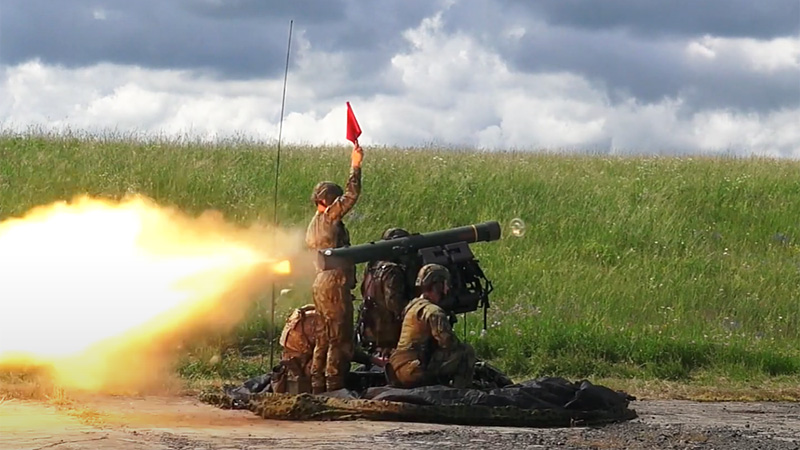
However, the acquisition of new 4x4 combat vehicles with the integrated RBS-70 NG anti-aircraft system is already in the offing, which will finally provide the much-needed mobility of the system, including firing on the move, as I discuss in more detail below. In November 2023, we also reported on the purchase of 135 Mk-3 Bolide missiles for the RBS-70 and RBS-70 NG systems, respectively, at a total cost of over CZK 762 million, excluding VAT. At a price of over CZK 6 million per missile, it is worth thinking very carefully about what kind of threat we will use such an effective, yet very expensive, means against - shooting down "Chinese drones" from the sky for a few thousand dollars is definitely not sustainable. For the sake of completeness, let us add that the Army of the Czech Republic will in the future provide medium-layer (15-50 km) air defense by introducing 4 batteries of the Israeli Spyder system into the armament of the Army of the Czech Republic, when these systems should be operationally deployable from the beginning of 2028.
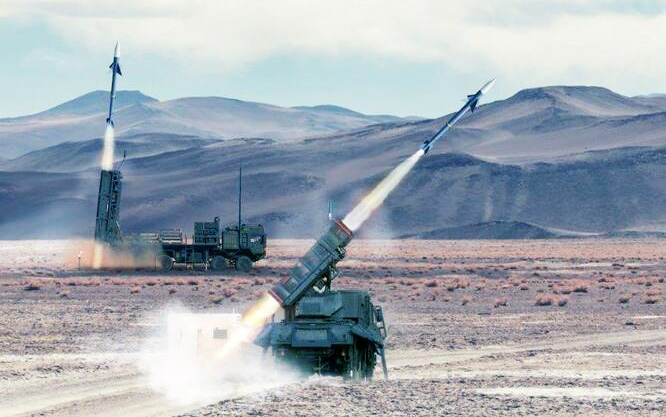
Chief of the General Staff of the Czech Army, Gen. Karel Řehka told Members at one of this year's Defense Committee meetings that the Army is interested in the MARS 4x4 S-330 vehicle from SVOS, which is equipped with the RBS-70 NG triple-barrel set from Saab (MSHORAD, mobile short-range air defense system).
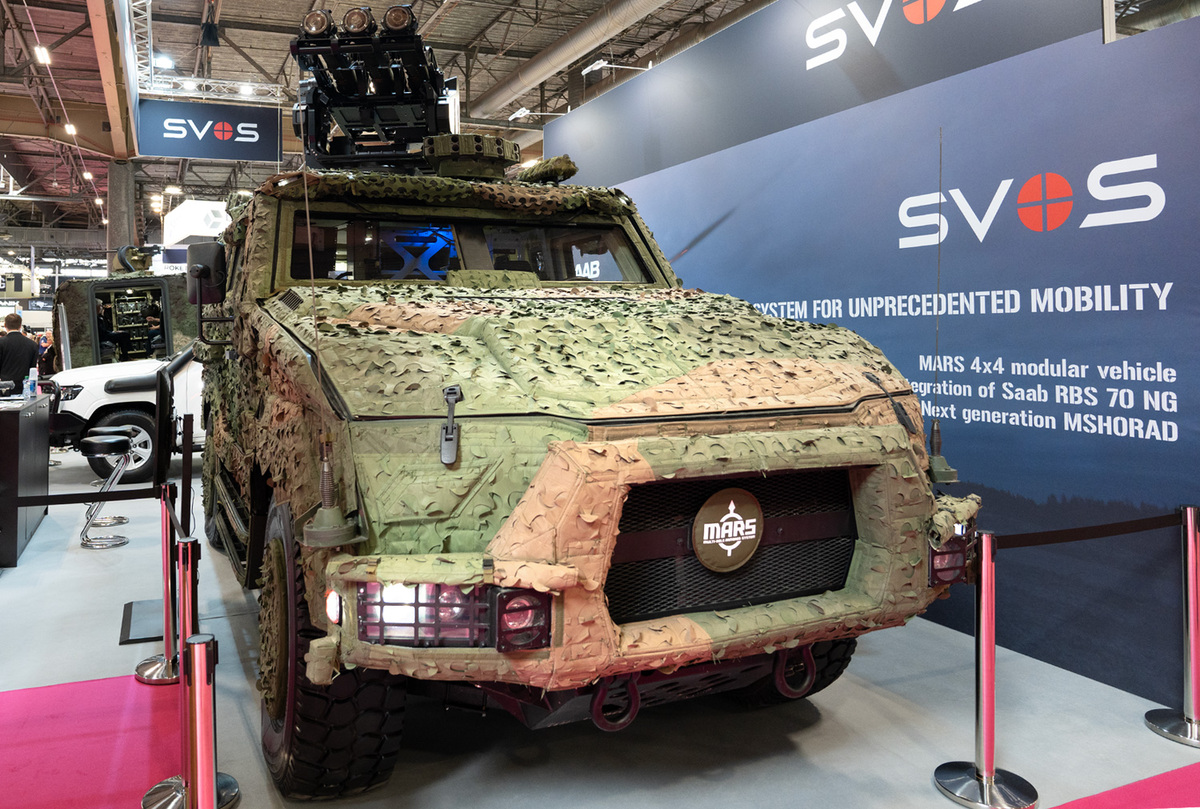
The acquisition of such an asset makes good sense in the context of the development of the Czech air defense system and to some extent it will fulfil the objective of acquiring the capability to defend maneuvering units on the move. However, questions still remain: how many such systems does the army need? How many will it acquire? And where will our Army go from here, or what other mobile air defense systems will it add, given the critical need to defend units against small drones, standoff munitions, and cruise missiles? Such defenses are very difficult to provide economically rationally with costly cruise missiles, so attention will also need to turn to barrel armaments combined with programable munitions.
If we rely on the fact that the immediate risk of an open conflict waged by conventional means against a NATO member state is rather non-existent, we can paradoxically profit from a certain delay in the acquisition of modern air defense systems, i.e. C-RAM and C-UAS, in the sense that their development is constantly dynamic, and the later we acquire these means, the more varied the choice available and the more effective and proven these means will be. On the other hand, their absence in the current armament of the Czech Armed Forces means that we do not have trained operators, training is not carried out, we do not have established procedures that could be adapted according to the development of technology and knowledge from the war fields better than on a purely theoretical level. These capabilities will then be built by the military practically on greenfield sites.
Various solutions can be imagined in the future within the framework of the main armament of the air defense system. For example, when the CV90 tracked IFV undergo mid-life modernization, the question of the most effective use of their main weapon against drones will undoubtedly arise, using radar-equipped MSHORAD vehicles, state-of-the-art programable munitions, etc. A similar question can theoretically be addressed now before the modernization of the Pandur II 8x8 KBVP, but in this context, we must take into account the size of the defense budget.
At Eurosatory 2024 in Paris, SHORAD, VSHORAD and MSHORAD, including C-RAM and C-UAS capabilities, were among the most discussed and sought-after systems. Three versions of Rheinmetall's German Skyranger system could not be overlooked, either in a 30 mm variant on a Lynx tracked IFV chassis or on a Boxer wheeled armored personnel carrier chassis, and also in a 35 mm variant on a Leopard 2 tank chassis.
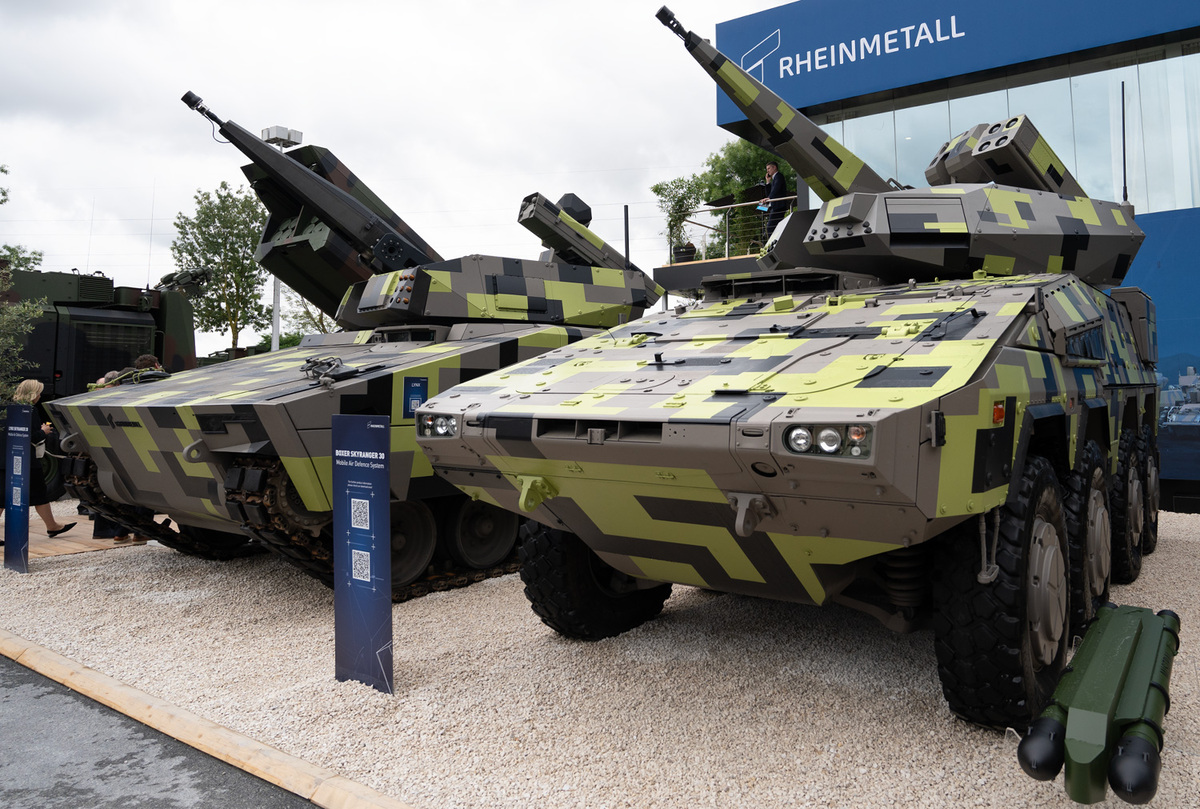
Combined with programable munitions and anti-aircraft missiles, it is arguably the best and most proven multi-layered mobile ground-based air defense system available today, capable of dealing with small drones or stand-off munitions in an economically rational manner, as well as operating against helicopters or low-flying fixed-wing aircraft. The market already offers more solutions on a framework similar to this, and development is progressing rapidly.
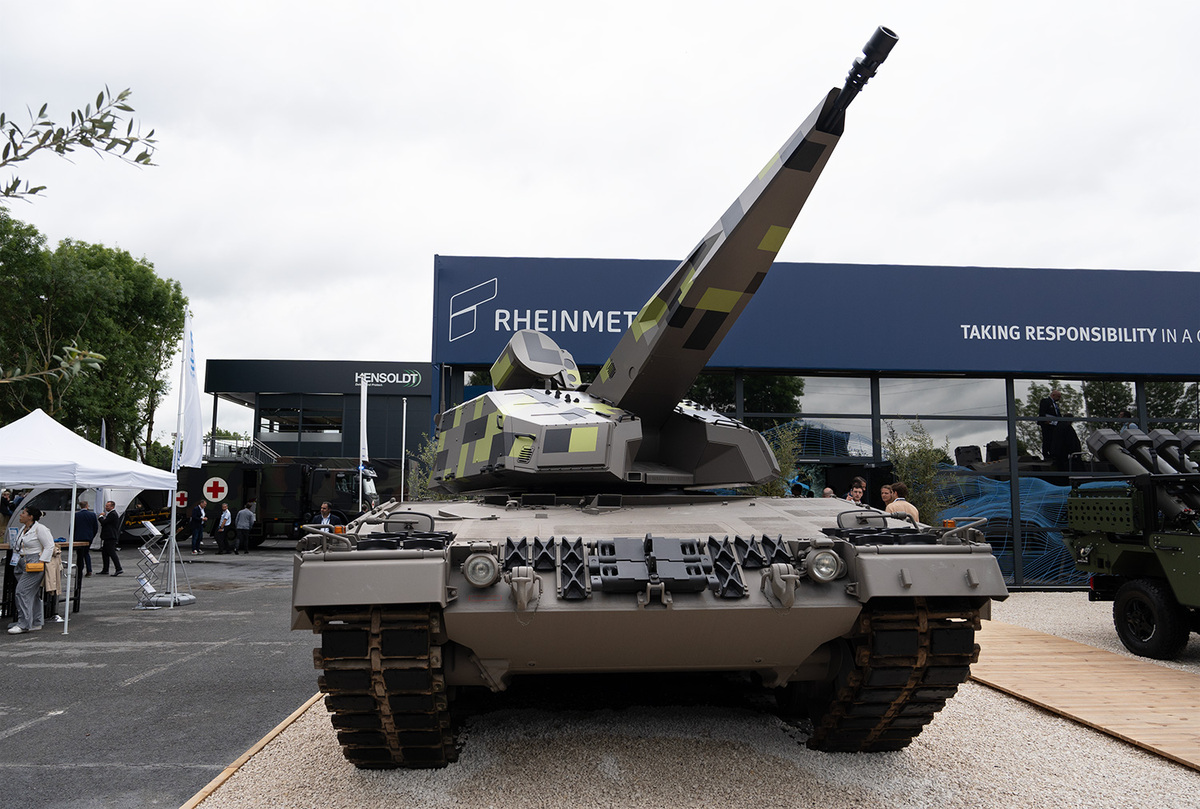
Ground-based air defense assets are also addressed in Concept for the Construction of the Army of the Czech Republic 2035 from last November, in several places, though somewhat unspecifically, and in addition, it brings the mentioned postponement of the acquisition of C-RAM capability beyond 2030. There are certainly reasons for this, as with other postponements (especially for self-propelled 120mm mortars or light assault vehicles for paratroopers). It will simply be a lack of funding, which the Ministry of Defense has prioritised in other areas. Despite this, the concept promises the development of ground air defense capabilities: 'Ground air defense is layered and integrated into the Czech National Air Defense System and the NATO air and missile defense system. It is ready to integrate reinforcing alliance elements and assets. Air defense capabilities will be increased to protect and defend objects important for national defense. The capability to defend against ballistic and hypersonic threats will be strengthened, including detection, warning and fire control systems. C-RAM and C-UAS capabilities will be developed. A plan for the deployment of air defense elements will be developed to ensure uniform coverage of the national territory and increase the resilience of the air defense system." It is then a question of how we intend to "develop" the aforementioned capabilities if the army does not yet have them in practice and, on the contrary, postpones their acquisition.
As part of the ongoing modernization of the Czech Armed Forces, the necessary heavy equipment worth tens of billions of crowns is being acquired. Significant funds are also being invested in the people who will operate this heavy equipment, whether we are talking about CV90 tracked armoured vehicles, CAESAR self-propelled howitzers, new Leopard 2A8 main battle tanks or, in the future, self-propelled mortars and perhaps even rocket launchers. However, without an effective multi-layered ground and fully mobile air defense system capable of suppressing air threats of all categories on the move, heavy equipment will be very difficult to deploy within the Army in a modern conflict, thus reducing the element of sufficient deterrence to a potential adversary. The Army is of course well aware of this and is already addressing the issue.















